Garden Glimpses: Joyous Julily!
Here at the old homestead, we’ve officially rechristened July as “Julily,” in honor of those fabulous daylilies that dominate the month. In tones both hot and cool, daylilies explode with color all month long, fleeting markers of a fleeting season of bounty and fruitfulness. Every day the pattern changes, highlighting now this variety, now that, as early, mid- and late-season bloomers come into flower, reach peak and fade away. This fecundity is staggering, but it’s everywhere at this time of year. Tomatoes, corn on the cob, green and yellow squashes, string and wax beans, all cram the local farmers’ markets, and in the garden the profusion is just as lush.
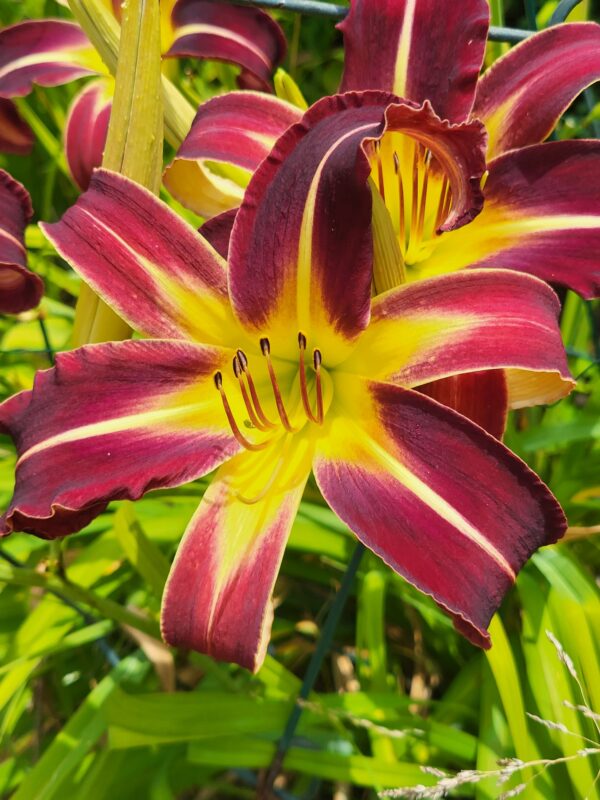
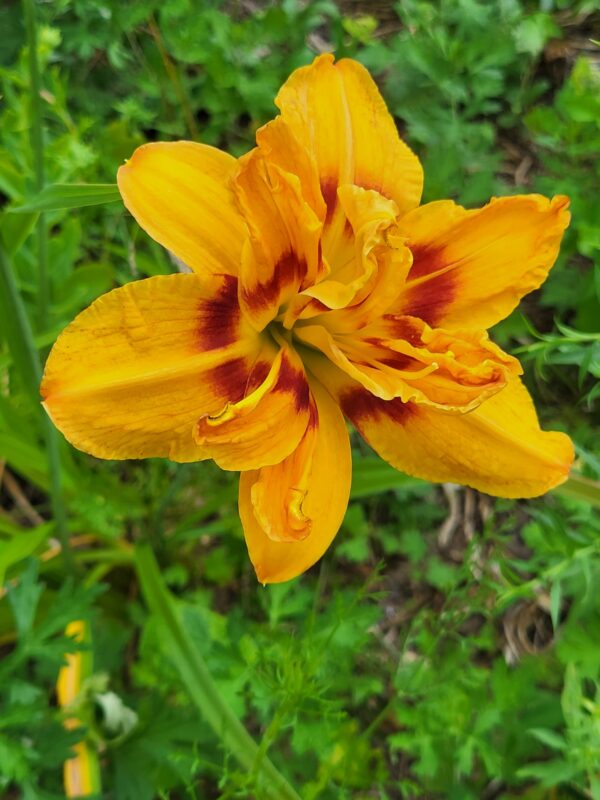

It’s not just daylilies this month. Amber waves of brown-eyed Susans, pink islands of purple coneflowers, and billows of white Queen Anne’s lace fill the landscape with vibrant color. Spread all across the garden, these reliable performers form the leitmotif of the floral symphony whose crescendos are played by the daylilies.
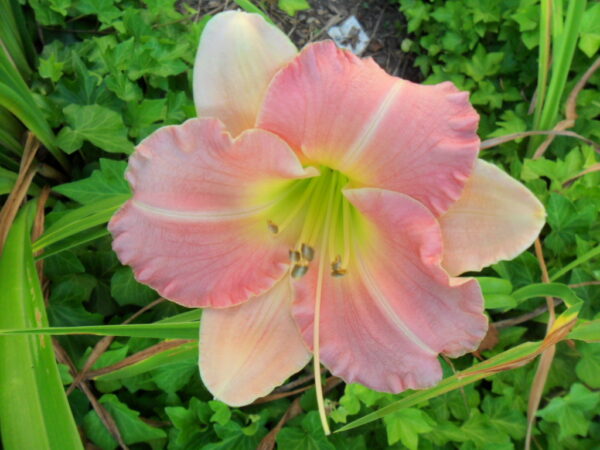
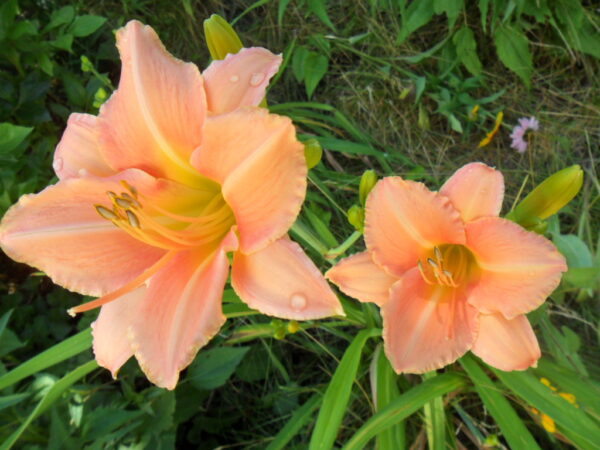
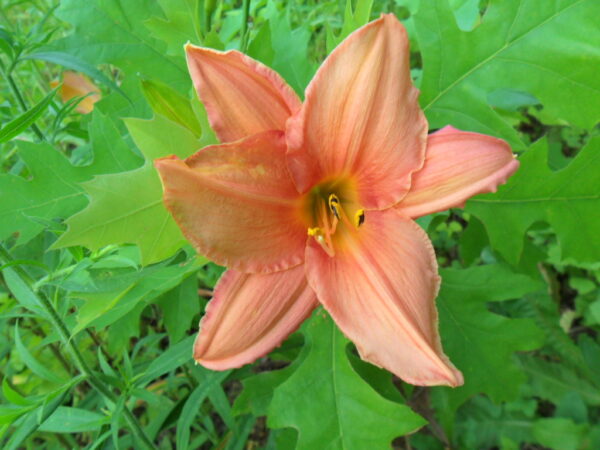
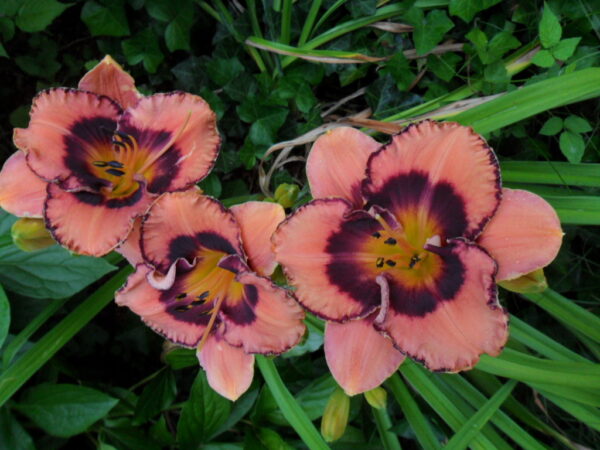
There are some 45 daylilies in my collection (and about to be 50, with some new arrivals too small to bloom this first year, but rapidly expanding), most of them purchased by myself since my return five years ago, but some dating to my parents’ era, even my childhood. They run the gamut from pale yellow and pink to vivid yellow, red and orange, burgundy and purple. Some are ruffled or double-flowered, some have contrasting throats or eyes, some are prettily simple in monochrome with smooth-edged petals, but all are a delight and a joy to the eye.
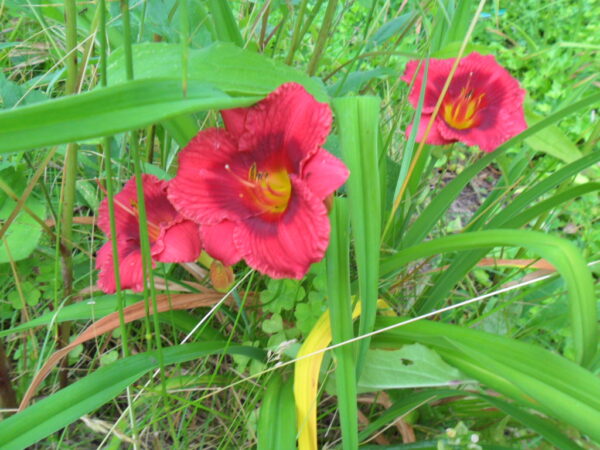
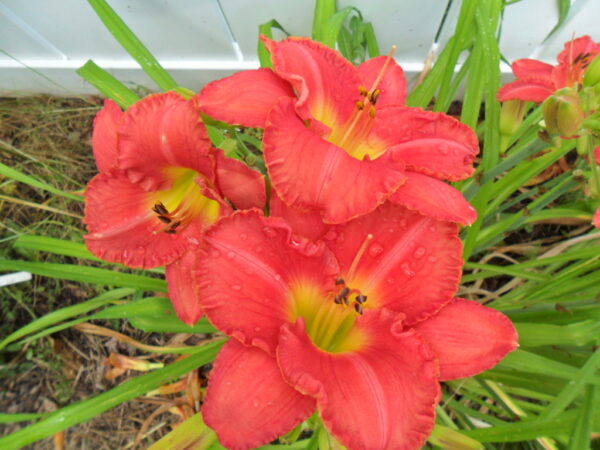

The northern sandmound slope, what I now call the “sand-meadow,” is filling in nicely with self-sown additions from coreopsis, echinacea, rudbeckia and heliopsis, punctuated by native asters, thistles, Queen Anne’s lace, and goldenrod. It still requires seasonal editing to remove some varieties that are over-exuberant in their self-expression, but every year, more and more ground is covered by things I want to see there, and less and less by things I don’t.
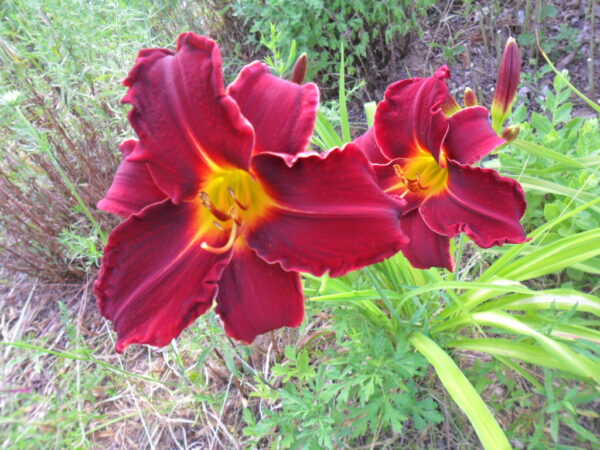
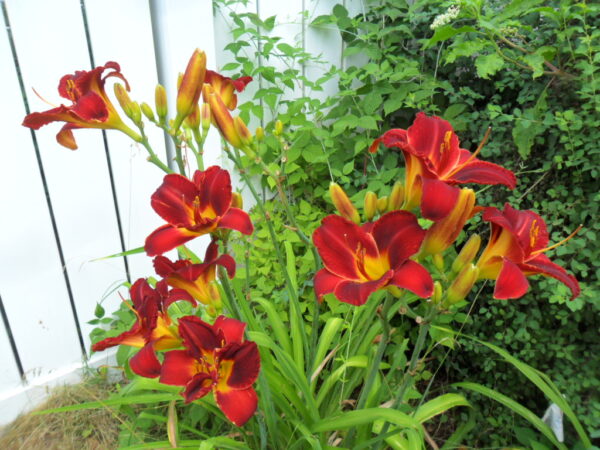

Things are developing well in other areas also, particularly among trees and shrubs, those backbone elements of the garden that provide structure and year-round interest. With older trees that are declining or reaching the limits of their lifespans, it was important to find replacements that would fill in over time. As the old saying goes, “When is the best time to plant a tree? Twenty years ago. Next best? Today.”


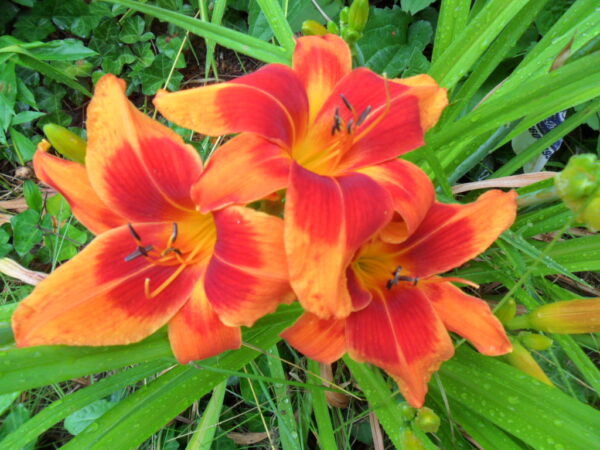
I scoffed at my optimism when I bought a Dawn Redwood in a one-gallon pot four years ago. Less than two feet tall, I sited it with a mind to replacing the failing triple birch clump which I had brought home in a bucket from the fallow field behind the house when I was ten, now sadly falling to pieces before my eyes. ‘This thing will never take up the slack,’ I thought. ‘Someday someone will relax in its shade, but it won’t be me.’ How wrong I was! After just four seasons, it towers over me, at a good 12 feet and growing fast. With lovely ferny foliage that turns a gorgeous cinnamon in autumn before it drops, and slightly exfoliating bark that provides winter contrast, this is truly a tree for all seasons (and it’s so finely needled that the leaves simply melt into the landscape, no raking required!).
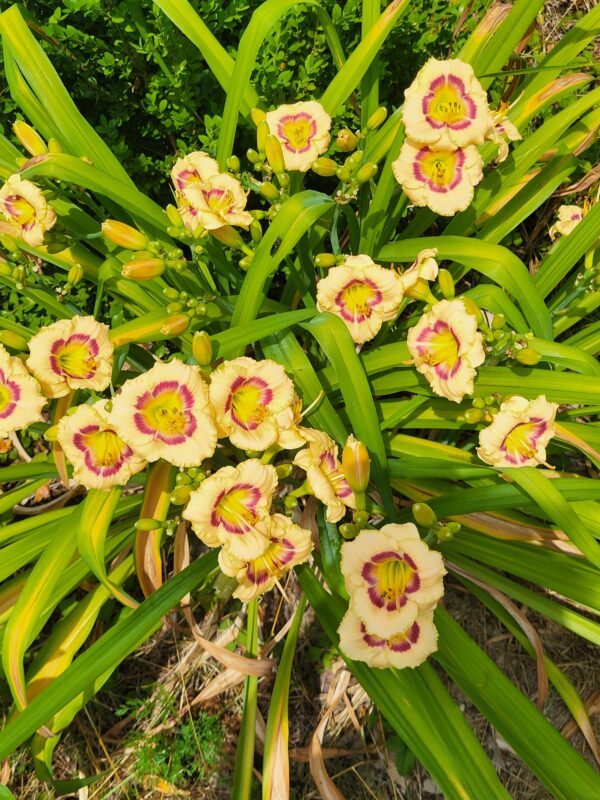
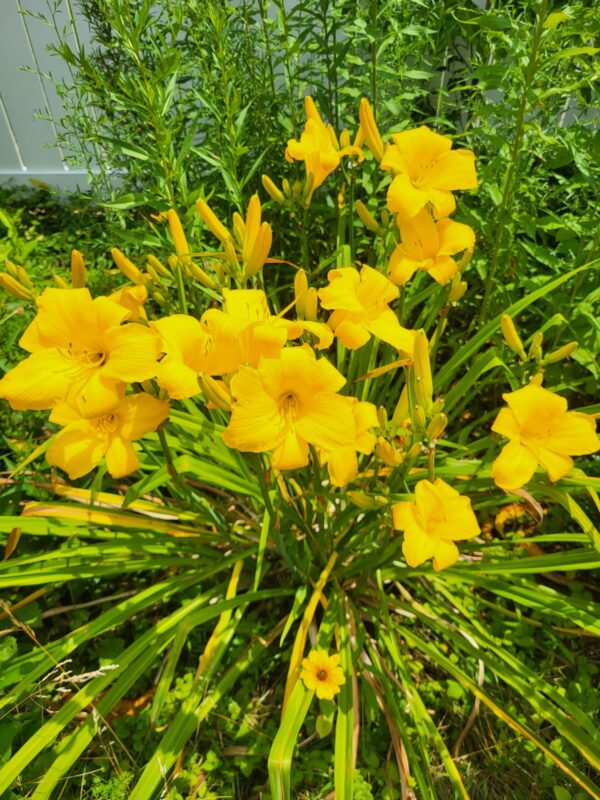
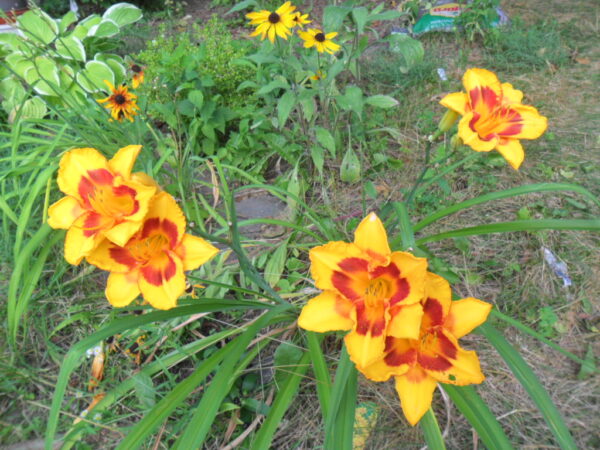
I also acquired a witch hazel, now in its fifth year, with impossibly bright yellow flowers as early as February, and stunning red-orange foliage come October; and a white hawthorn, as yet too young to bloom, but studded with needle-sharp pricks that will protect its vivid red-orange berries at maturity. Also that first year, I bought two cornus alternifolia, a native dogwood variety that sports fluffy white blossoms in May, purple-black fruits in June, and a kaleidoscope of mixed fire tone foliage in the fall. These were planted to fill the cathedral arches that open between the ancient Norway maple and black birch, and have grown tall and wide into that gap, with graceful rafts of branches that taper as they rise, giving rise to its common name of “Pagoda dogwood.”
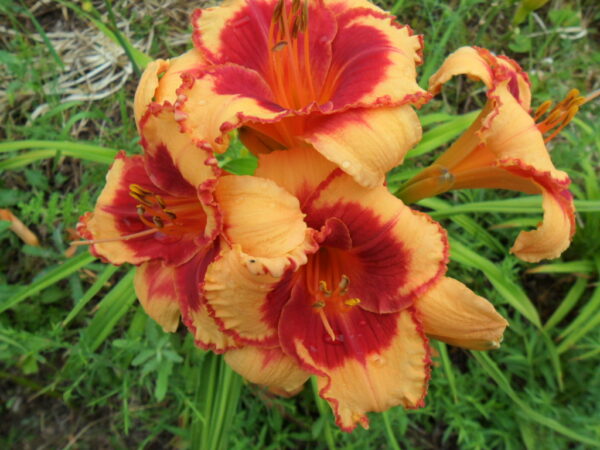




Squirrel gardeners have also lent a hand in my reforestation project. Not content with redesigning the crocus beds, they have provided me with, not one, not two, not three, but four vigorous oak saplings! God only knows how far they lugged these acorns, there are no mature oaks in my immediate vicinity, but lug them they did, dug them in, and promptly forgot all about them. They have a good eye for this stuff, too – three of four were just where I’d want them, and the fourth, after thriving for two years in its original spot, transplanted seamlessly to a better location (for me) this spring. There are at least two varieties of oak, possibly three (the jury is still out on one sapling, too young to identify), and there is nothing better you can plant, from an environmental perspective, than an oak. Now, these I know I won’t be shading myself under, but I’m happy to bequeath them to the property’s next owner.
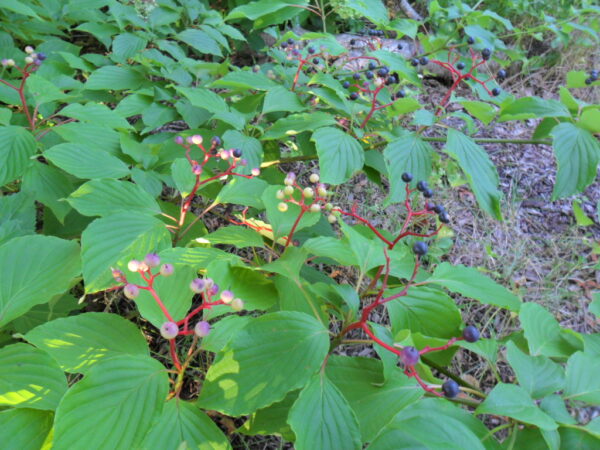

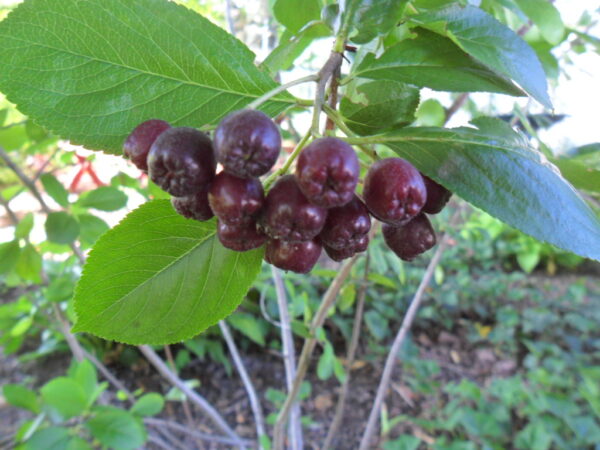
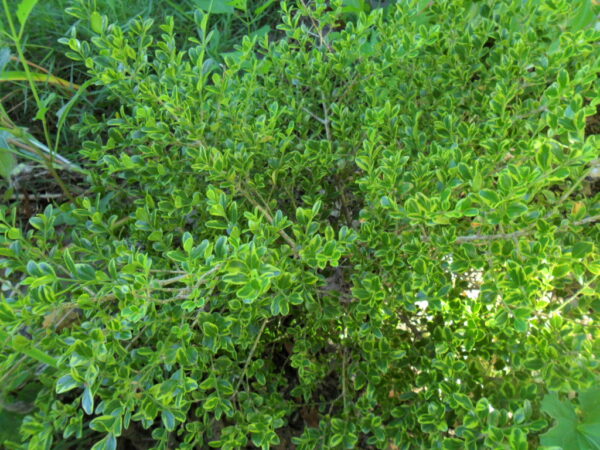

A host of new shrubs have been installed as well, from the red and black aronia (“chokeberry”) and neon-purple callicarpa (“beauty berry”), with fruits so favored by the birds, to standard evergreen confers like Mugo pine, chamaecyparis (“false cypress”), and buxus (“boxwood”), glossy hollies and goshiki (“Japanese false holly”), and purple-leafed physocarpus (“ninebark”). More than a dozen in all, and each expanding quickly to fill its appointed space.
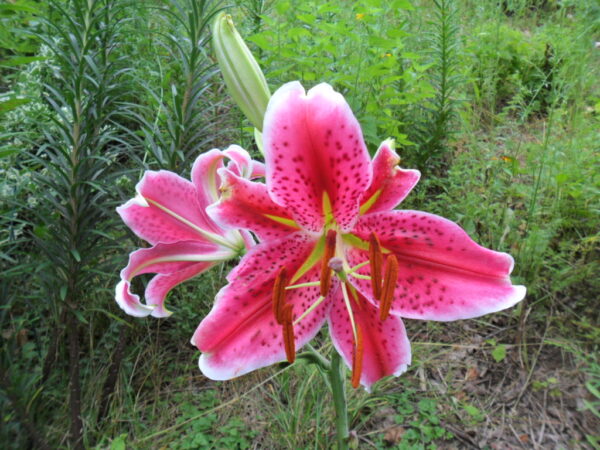
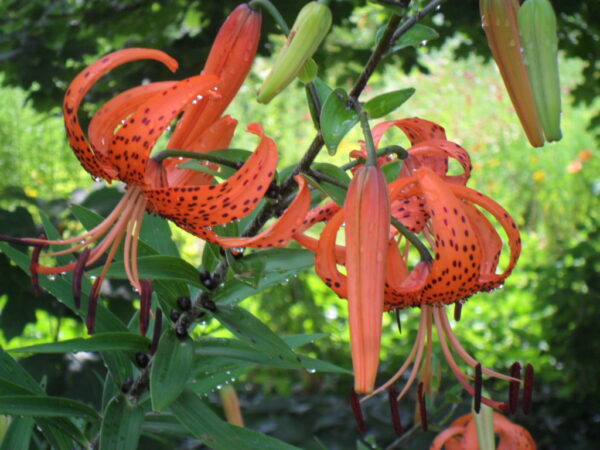
Although not a shrub, Joe Pye weed makes a bold vertical statement in the garden in late July, with stems up to eight feet in height, topped with masses of fuzzy blossoms that look like pink clouds, covered in pollinators. It’s amazing how much size these behemoths can produce in a year, dying back to the soil every autumn, only to emerge in the late spring and build back their floral towers in just a few months.

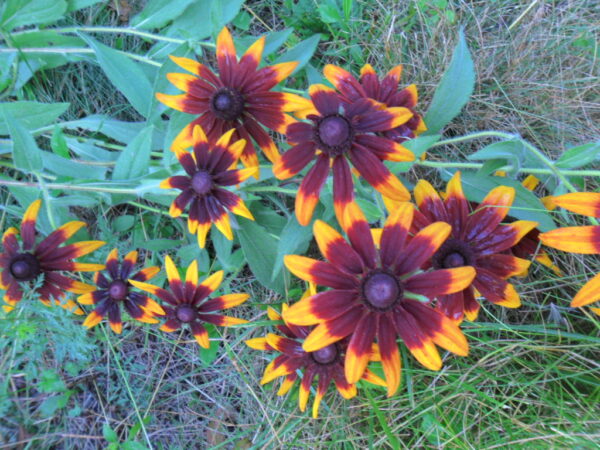
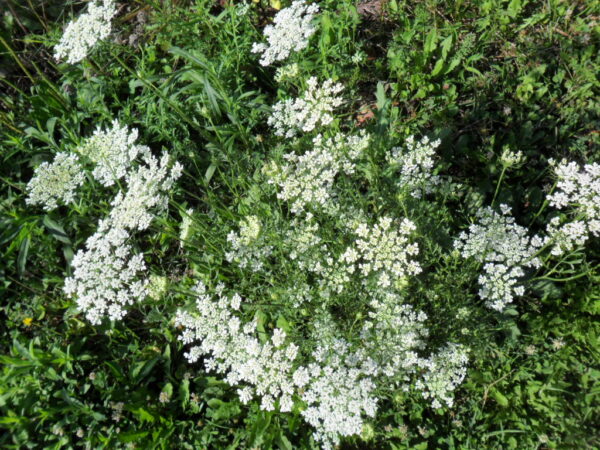
Tiger lilies, another Asiatic variety, are the last lily to bloom, extending into August from a season that starts in late May with Forever Susan. Mine are an heirloom from my parents, always sited at the southwest corner of the house in the foundation planting, but as the lawn gave way to more flower beds, they have ranged well past their former boundary, mingling with their daylily cousins and a large stand of echinacea. Obliging birds who have eaten their black orb seeds and then pooped them out elsewhere have allowed them to establish small colonies in various locations across the garden, all carefully managed by the head gardener (me) to encourage their spread.
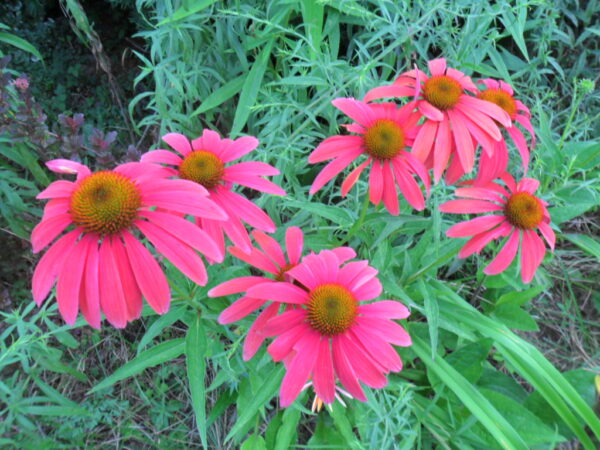
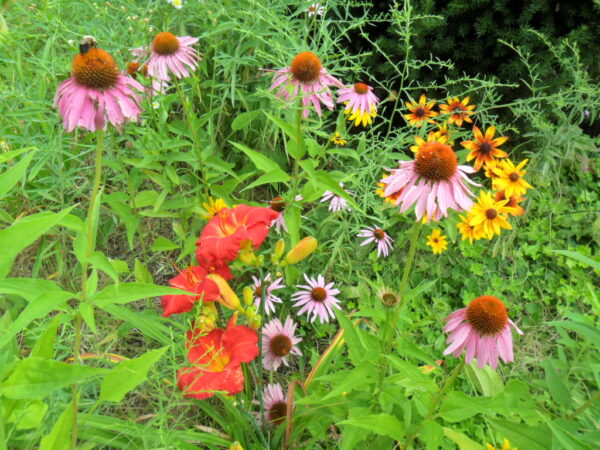

As July wanes, and the daylilies with it, a bonus is the plethora of “final bloom” scapes in those clumps, allowing me to bring their ephemeral beauty indoors for bouquets (if you cut a daylily scape with buds remaining you lose those blooms, they don’t open in water). The past week or so I’ve had several lush arrangements of eight or more different daylily varieties, brightening my indoor space. Bittersweet, since I know this means the end of their season, I do enjoy getting an up-close look at my leisure.
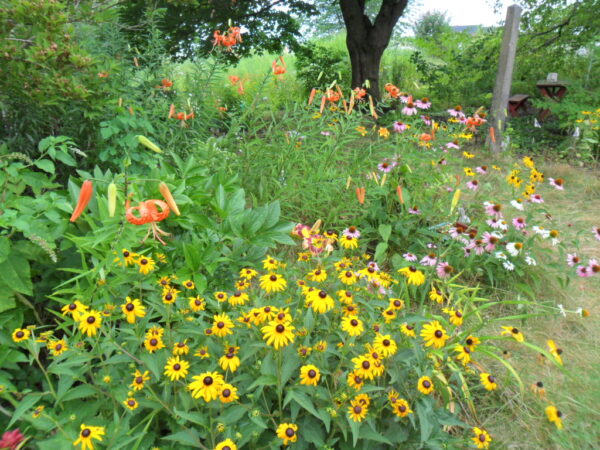
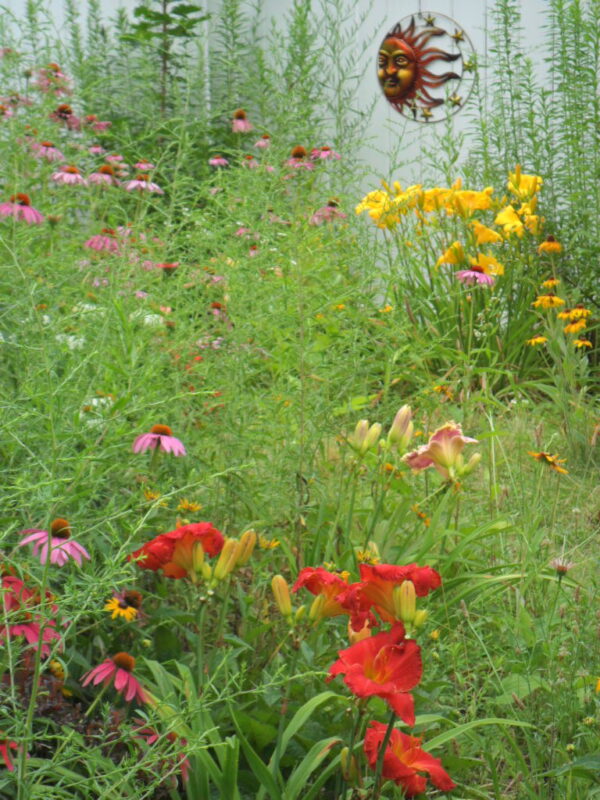

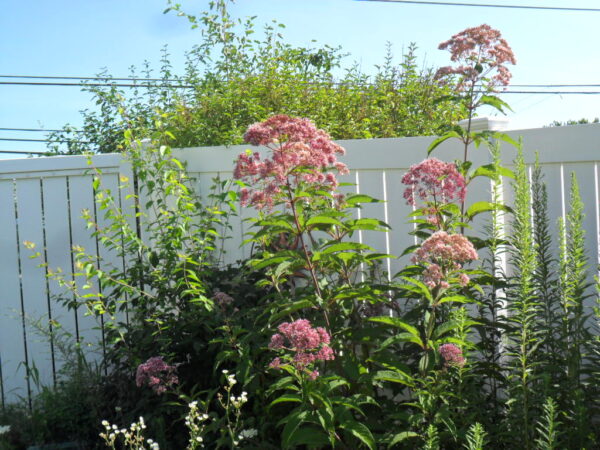


August starts out rather drab, with most of the color squeezed out by the heat, and there’s not a lot going on until late in the month, when fall natives and perennials begin to hold sway. So memories of July need to sustain me, as I battle drought and humidity at once. AlI I can say is, “bring on autumn!”





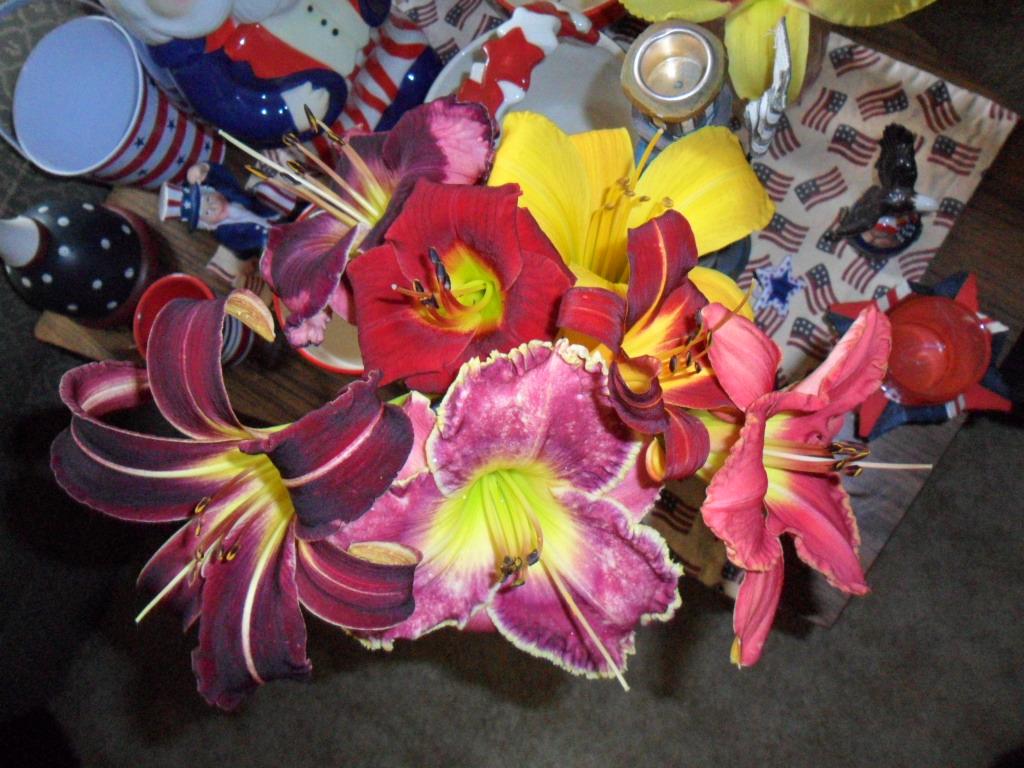

5 comments, add yours.
edna
Such a generous spirit that shares all this beauty with strangers on the internet – thank you. It’s a true inspiration!
Irmgard Dering
Simply magnificent!
Laurien
I just love lilies including daylilies so I enjoyed this so much! Also your sense of humour, lol. Incredible you will soon have 50 varieties of daylily! Thanks so much for going to the trouble of sharing your photos of your beautiful garden. It warmed my heart and made my day! 🌺
Rosemary
Thank you for sharing photos of your beautiful flower garden. I enjoyed seeing all the varieties of ‘daylily’! I didn’t know there were so many! Such vibrant colors,
love the tiger lilies and stargazers, and ‘daisies’, lots of varieties too!
It does warm ones heart. I read once: ‘flowers are God smiling’.
Charlotte
Flowers (and butterflies) – God’s reminders that the world is simply platzing with miracles. Thank you so much, Alex!